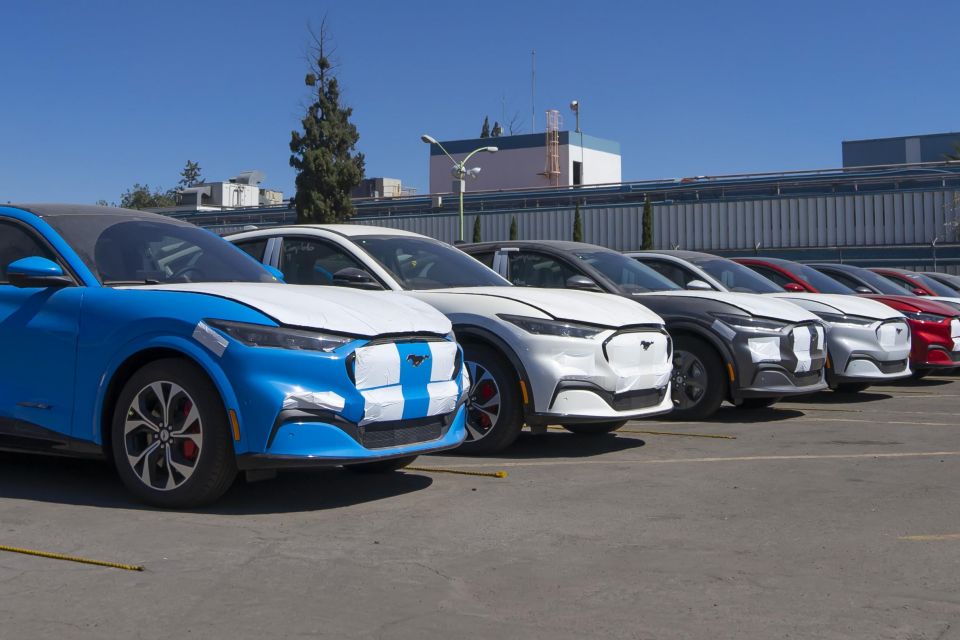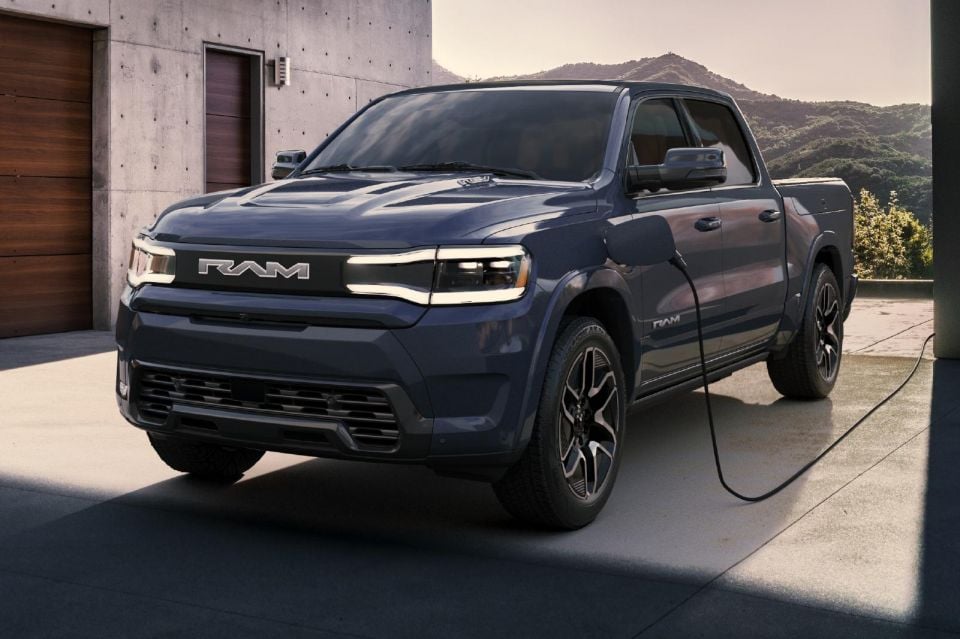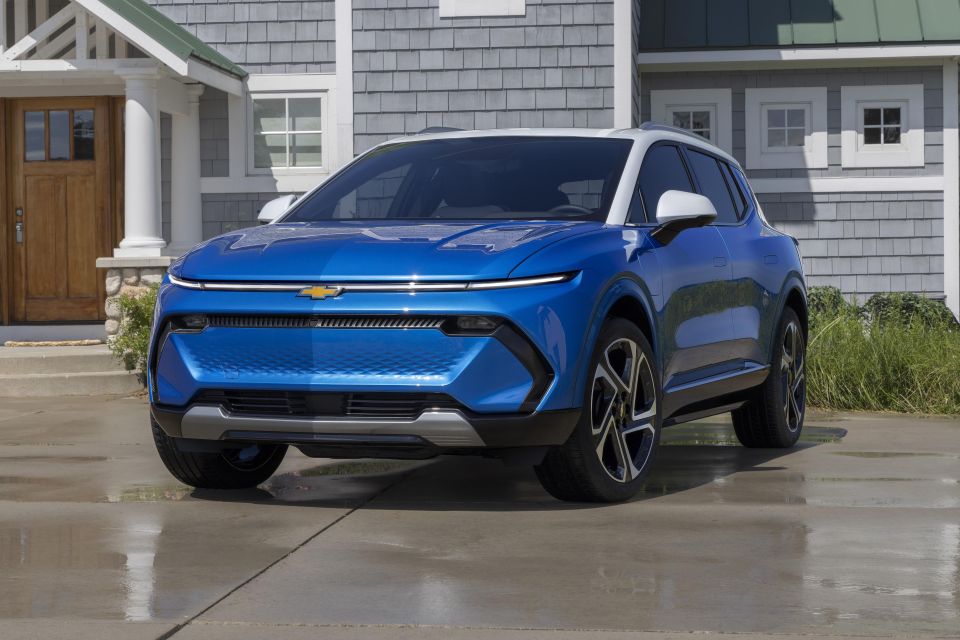

Matt Robinson
2026 Skoda Fabia 130 review: Quick drive
2 Hours Ago
Proposed US regulations aim to increase EV market share while boosting the domestic economy and cutting emissions.

Contributor


Contributor
The US Environmental Protection Agency (EPA) has proposed new federal vehicle emissions standards that will require a more aggressive approach in the transition to carbon-neutral vehicles stateside.
The regulations, for vehicles from model year 2027 onwards, will apply to light- and medium-duty passenger and commercial vehicles, as well as heavy-duty vehicles such as delivery trucks, dump trucks, public transport, and school buses.
They call for emissions targets to get stringent every year between 2027 and 2032, reaching a fleet-wide average greenhouse gas emissions target of 82 grams of CO2 per mile (51g/km) in the 2032 model year for light-duty vehicles and 275g/mile (171g/km) for medium-duty vehicles.
The EPA projects EVs could account for 67 per cent of new light-duty vehicle sales and 46 per cent of new medium-duty vehicle sales by 2032, with the regulations expected to spur further investment from major automakers in EVs.

These figures are more optimistic than the goal proposed in President Joe Biden’s 2021 executive order, which required 50 per cent of new vehicles to be electric vehicles (EVs) or plug-in hybrids by 2030.
The EPA says the regulations would avoid nearly 10 billion tons of CO2 emissions through 2055.
The combined emissions reduction would be equivalent to eliminating all greenhouse gas emissions from the entire current U.S. transportation sector for five years.
The EPA estimates the average consumer will save US$12,000 (AU$17,900) over the lifetime of a vehicle thanks to fuel and maintenance-reducing technologies.

It also says the projected net benefit of the proposed standards between 2027 and 2055 is estimated to be between US$850 billion and US$1.6 trillion (AU$1.26-2.4 trillion).
Reducing the country’s reliance on overseas oil imports is another benefit of the regulations, with the EPA saying the increase in electric vehicles (EVs) will reduce oil consumption by 20 billion barrels.
Importantly, the EPA’s proposal doesn’t require a blanket ban on combustion engine vehicles but will allow automakers to meet the performance-based standards using a range of emission control technologies.
While the EPA predicts the regulations will spur further investment in EVs, it also expects more widespread use of CO2-reducing technologies such as fuel filters.

This distinction in the regulations shows that U.S. lawmakers have learnt from the struggles of the EU, where the 2035 blanket ban on combustion engine vehicles led to resistance from key member states that demanded technology-neutral regulations.
In an interview given to Reuters, EPA Administrator Michael Regan refrained from endorsing ending the sale of new combustion engine vehicles.
“These standards are very ambitious and they track with the sense of urgency that the president and this administration have as we tackle the climate crisis,” said Mr Regan.




Since President Biden took office in 2021, the number of EV sales has tripled while the number of available models has doubled, and there has been a 40 per cent increase in public chargers over 2020.
There has been more than US$120 billion (AU$179 billion) in domestic EV and battery investments since last year from brands such as Ford, GM and Stellantis.
“By proposing the most ambitious pollution standards ever for cars and trucks, we are delivering on the Biden-Harris Administration’s promise to protect people and the planet, securing critical reductions in dangerous air and climate pollution and ensuring significant economic benefits like lower fuel and maintenance costs for families,” said Mr Regan.


Matt Robinson
2 Hours Ago


Damion Smy
2 Hours Ago


Damion Smy
16 Hours Ago


Damion Smy
18 Hours Ago


Damion Smy
19 Hours Ago


Damion Smy
21 Hours Ago